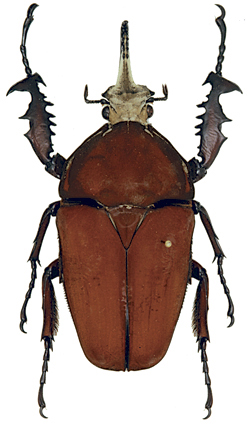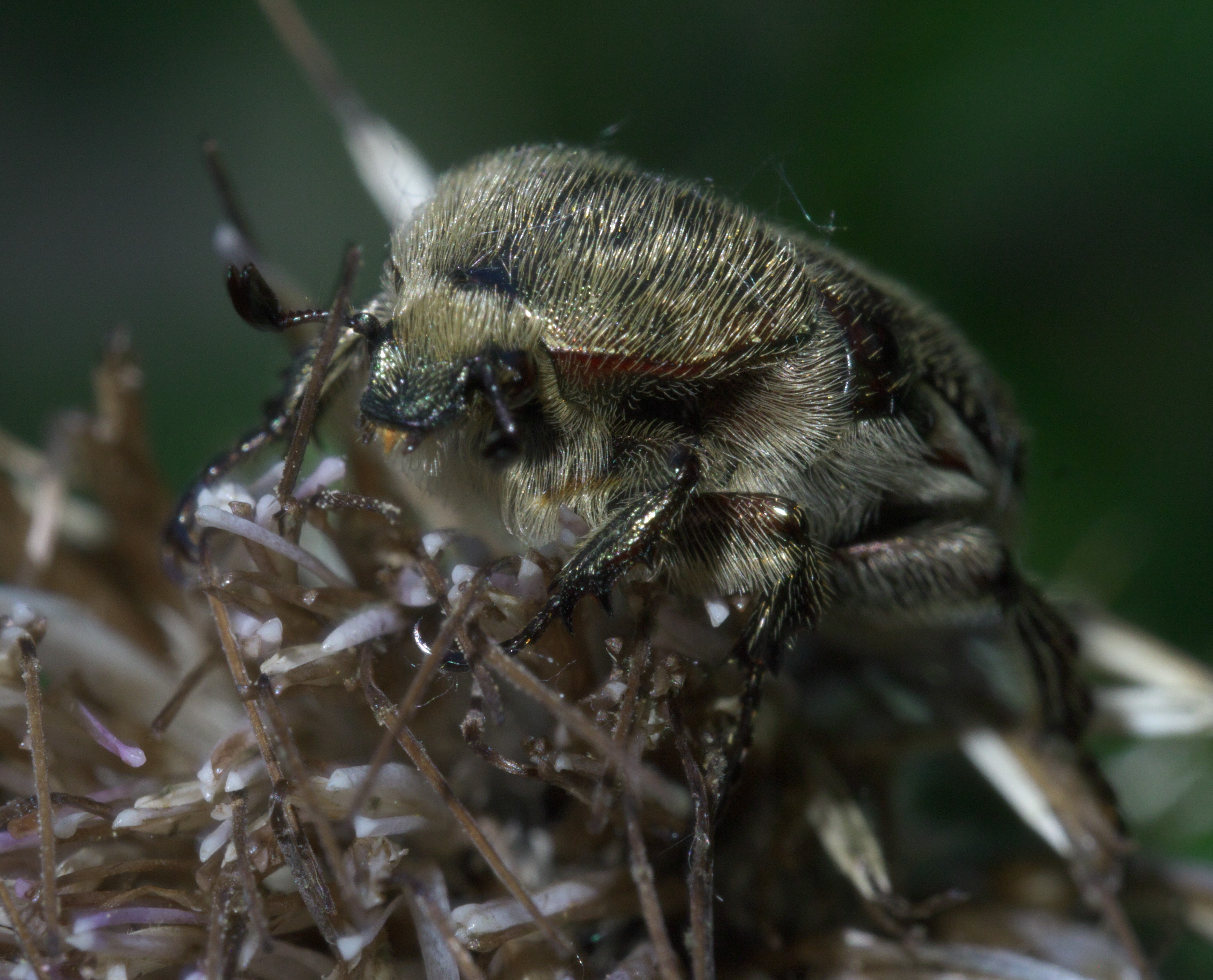|
Dischista Cincta
''Dischista cincta'' is a species of beetle from family Cetoniidae. It was described by Charles De Geer in 1778 and is endemic to South and East Africa, including Namibia Namibia (, ), officially the Republic of Namibia, is a country in Southern Africa. Its western border is the Atlantic Ocean. It shares land borders with Zambia and Angola to the north, Botswana to the east and South Africa to the south and ea .... References {{Taxonbar, from=Q14618568 Beetles described in 1778 Endemic fauna of Namibia Beetles of Africa ... [...More Info...] [...Related Items...] OR: [Wikipedia] [Google] [Baidu] |
Animal
Animals are multicellular, eukaryotic organisms in the Kingdom (biology), biological kingdom Animalia. With few exceptions, animals Heterotroph, consume organic material, Cellular respiration#Aerobic respiration, breathe oxygen, are Motility, able to move, can Sexual reproduction, reproduce sexually, and go through an ontogenetic stage in which their body consists of a hollow sphere of Cell (biology), cells, the blastula, during Embryogenesis, embryonic development. Over 1.5 million Extant taxon, living animal species have been Species description, described—of which around 1 million are Insecta, insects—but it has been estimated there are over 7 million animal species in total. Animals range in length from to . They have Ecology, complex interactions with each other and their environments, forming intricate food webs. The scientific study of animals is known as zoology. Most living animal species are in Bilateria, a clade whose members have a Symmetry in biology#Bilate ... [...More Info...] [...Related Items...] OR: [Wikipedia] [Google] [Baidu] |
Arthropod
Arthropods (, (gen. ποδός)) are invertebrate animals with an exoskeleton, a Segmentation (biology), segmented body, and paired jointed appendages. Arthropods form the phylum Arthropoda. They are distinguished by their jointed limbs and Arthropod cuticle, cuticle made of chitin, often Mineralization (biology), mineralised with calcium carbonate. The arthropod body plan consists of segments, each with a pair of appendages. Arthropods are bilaterally symmetrical and their body possesses an exoskeleton, external skeleton. In order to keep growing, they must go through stages of moulting, a process by which they shed their exoskeleton to reveal a new one. Some species have wings. They are an extremely diverse group, with up to 10 million species. The haemocoel, an arthropod's internal cavity, through which its haemolymph – analogue of blood – circulates, accommodates its interior Organ (anatomy), organs; it has an open circulatory system. Like their exteriors, the internal or ... [...More Info...] [...Related Items...] OR: [Wikipedia] [Google] [Baidu] |
Insect
Insects (from Latin ') are pancrustacean hexapod invertebrates of the class Insecta. They are the largest group within the arthropod phylum. Insects have a chitinous exoskeleton, a three-part body ( head, thorax and abdomen), three pairs of jointed legs, compound eyes and one pair of antennae. Their blood is not totally contained in vessels; some circulates in an open cavity known as the haemocoel. Insects are the most diverse group of animals; they include more than a million described species and represent more than half of all known living organisms. The total number of extant species is estimated at between six and ten million; In: potentially over 90% of the animal life forms on Earth are insects. Insects may be found in nearly all environments, although only a small number of species reside in the oceans, which are dominated by another arthropod group, crustaceans, which recent research has indicated insects are nested within. Nearly all insects hatch from eggs. ... [...More Info...] [...Related Items...] OR: [Wikipedia] [Google] [Baidu] |
Beetle
Beetles are insects that form the order Coleoptera (), in the superorder Endopterygota. Their front pair of wings are hardened into wing-cases, elytra, distinguishing them from most other insects. The Coleoptera, with about 400,000 described species, is the largest of all orders, constituting almost 40% of described insects and 25% of all known animal life-forms; new species are discovered frequently, with estimates suggesting that there are between 0.9 and 2.1 million total species. Found in almost every habitat except the sea and the polar regions, they interact with their ecosystems in several ways: beetles often feed on plants and fungi, break down animal and plant debris, and eat other invertebrates. Some species are serious agricultural pests, such as the Colorado potato beetle, while others such as Coccinellidae (ladybirds or ladybugs) eat aphids, scale insects, thrips, and other plant-sucking insects that damage crops. Beetles typically have a particularly hard e ... [...More Info...] [...Related Items...] OR: [Wikipedia] [Google] [Baidu] |
Cetoniidae
Flower chafers are a group of scarab beetles, comprising the subfamily Cetoniinae. Many species are diurnal and visit flowers for pollen and nectar, or to browse on the petals. Some species also feed on fruit. The group is also called fruit and flower chafers, flower beetles and flower scarabs. There are around 4,000 species, many of them still undescribed. Twelve tribes are presently recognized: Cetoniini, Cremastocheilini, Diplognathini, Goliathini, Gymnetini, Phaedimini, Schizorhinini, Stenotarsiini, Taenioderini, Trichiini, Valgini, and Xiphoscelidini. The tribe Gymnetini is the biggest of the American tribes, and Goliathini contains the largest species, and is mainly found in the rainforest regions of Africa. Description Adult flower chafers are usually brightly coloured beetles, often metallic, and somewhat flattened in shape. The insertions of the antennae are visible from above, while the mandibles and labrum are hidden by the clypeus. The elytra lack a narrow ... [...More Info...] [...Related Items...] OR: [Wikipedia] [Google] [Baidu] |
Cetoniinae
Flower chafers are a group of scarab beetles, comprising the subfamily Cetoniinae. Many species are diurnal and visit flowers for pollen and nectar, or to browse on the petals. Some species also feed on fruit. The group is also called fruit and flower chafers, flower beetles and flower scarabs. There are around 4,000 species, many of them still undescribed. Twelve tribes are presently recognized: Cetoniini, Cremastocheilini, Diplognathini, Goliathini, Gymnetini, Phaedimini, Schizorhinini, Stenotarsiini, Taenioderini, Trichiini, Valgini, and Xiphoscelidini. The tribe Gymnetini is the biggest of the American tribes, and Goliathini contains the largest species, and is mainly found in the rainforest regions of Africa. Description Adult flower chafers are usually brightly coloured beetles, often metallic, and somewhat flattened in shape. The insertions of the antennae are visible from above, while the mandibles and labrum are hidden by the clypeus. The elytra lack a n ... [...More Info...] [...Related Items...] OR: [Wikipedia] [Google] [Baidu] |
Cetoniini
Cetoniini is a tribe of fruit and flower chafers in the family of beetles known as Scarabaeidae. There are over 80 genera in Cetoniini. Genera Subtribus Cetoniina *'' Aethiessa'' Burmeister, 1842 *''Anatona'' Burmeister, 1842 *'' Anelaphinis'' Kolbe, 1912 *'' Aphelinis'' Antoine, 1987 *'' Atrichelaphinis'' Kraatz, 1898 *'' Atrichiana'' Distant, 1911 *'' Badizoblax'' Thomson, 1877 *'' Callophylla'' Moser, 1916 *'' Centrantyx'' Fairmaire, 1884 *''Cetonia'' Fabricius, 1775 *'' Chewia'' Legrand, 2004 *'' Chiloloba'' Burmeister, 1842 *'' Cosmesthes'' Kraatz, 1880 *'' Cosmiophaena'' Kraatz, 1899 *'' Dischista'' Burmeister, 1842 *'' Dolichostethus'' Kolbe, 1912 *'' Elaphinis'' Burmeister, 1842 *'' Enoplotarsus'' Lucas, 1859 *'' Erlangeria'' Preiss, 1902 *'' Gametis'' Burmeister, 1842 *'' Gametoides'' Antoine, 2006 *'' Glycosia'' Schoch, 1896 *''Glycyphana'' Burmeister, 1842 *'' Gymnophana'' Arrow, 1910 *'' Hemiprotaetia'' Mikšič, 1963 *'' Heteralleucosma'' Antoine, 1989 *'' Heterocn ... [...More Info...] [...Related Items...] OR: [Wikipedia] [Google] [Baidu] |
Dischista
''Dischista'' is a genus of beetles in the family Cetoniidae Flower chafers are a group of scarab beetles, comprising the subfamily Cetoniinae. Many species are diurnal and visit flowers for pollen and nectar, or to browse on the petals. Some species also feed on fruit. The group is also called fruit and .... It was first described in 1842. Species The following species are accepted within the genus ''Dischista'': * '' Dischista bouyeri'' Beinhundner, 2006 * '' Dischista cincta'' (Degeer, 1778) ** ''Dischista cincta cincta'' (Degeer, 1778) ** ''Dischista cincta werneri'' Beinhundner, 1998 * '' Dischista cuneata'' (Klug, 1855) * '' Dischista ewerti'' (Schürhoff, 1935) * '' Dischista impunctata'' (Lansberge, 1886) ** ''Dischista impunctata'' mpunctata (Lansberge, 1886) ** ''Dischista impunctata'' seynaevei (Basilewsky, 1955) * '' Dischista legrandi'' Antoine, 2004 * '' Dischista lerui'' Antoine, 2004 * '' Dischista lizleri'' Beinhundner, 1998 * '' Dischista rojkoffi'' Anto ... [...More Info...] [...Related Items...] OR: [Wikipedia] [Google] [Baidu] |
Charles De Geer
Baron Charles de Geer (the family is usually known as De Geer with a capitalized "De" and is pronounced "de yer"); Finspång in Risinge 30 January 1720 – Stockholm 7 March 1778) was a Swedish industrialist and entomologist. Life De Geer, who came from a family with strong Dutch connections, grew up in Utrecht from the age of three. He returned to Sweden at the age of 19. He had inherited the entailed manor and important iron-works of Leufsta (Lövsta) in Uppland from his childless uncle and namesake and would substantially increased the wealth of the estate. Ever since he had received a present of some silk worms at the age of eight, he had an interest in entomology and became a respected amateur entomologist at an early age. His major work was the ''Mémoires pour servir à l'histoire des insectes'' (eight volumes, 1752-1778). He was elected a member of the Royal Swedish Academy of Sciences already in 1739, at the age of nineteen, and a corresponding member of the Fren ... [...More Info...] [...Related Items...] OR: [Wikipedia] [Google] [Baidu] |
Beetle
Beetles are insects that form the order Coleoptera (), in the superorder Endopterygota. Their front pair of wings are hardened into wing-cases, elytra, distinguishing them from most other insects. The Coleoptera, with about 400,000 described species, is the largest of all orders, constituting almost 40% of described insects and 25% of all known animal life-forms; new species are discovered frequently, with estimates suggesting that there are between 0.9 and 2.1 million total species. Found in almost every habitat except the sea and the polar regions, they interact with their ecosystems in several ways: beetles often feed on plants and fungi, break down animal and plant debris, and eat other invertebrates. Some species are serious agricultural pests, such as the Colorado potato beetle, while others such as Coccinellidae (ladybirds or ladybugs) eat aphids, scale insects, thrips, and other plant-sucking insects that damage crops. Beetles typically have a particularly hard e ... [...More Info...] [...Related Items...] OR: [Wikipedia] [Google] [Baidu] |
Namibia
Namibia (, ), officially the Republic of Namibia, is a country in Southern Africa. Its western border is the Atlantic Ocean. It shares land borders with Zambia and Angola to the north, Botswana to the east and South Africa to the south and east. Although Kazungula, it does not border Zimbabwe, less than 200 metres (660 feet) of the Botswanan right bank of the Zambezi, Zambezi River separates the two countries. Namibia gained independence from South Africa on 21 March 1990, following the Namibian War of Independence. Its capital and largest city is Windhoek. Namibia is a member state of the United Nations (UN), the Southern African Development Community (SADC), the African Union (AU) and the Commonwealth of Nations. The driest country in sub-Saharan Africa, Namibia has been inhabited since pre-historic times by the San people, San, Damara people, Damara and Nama people. Around the 14th century, immigration, immigrating Bantu peoples arrived as part of the Bantu expansion. Since ... [...More Info...] [...Related Items...] OR: [Wikipedia] [Google] [Baidu] |







